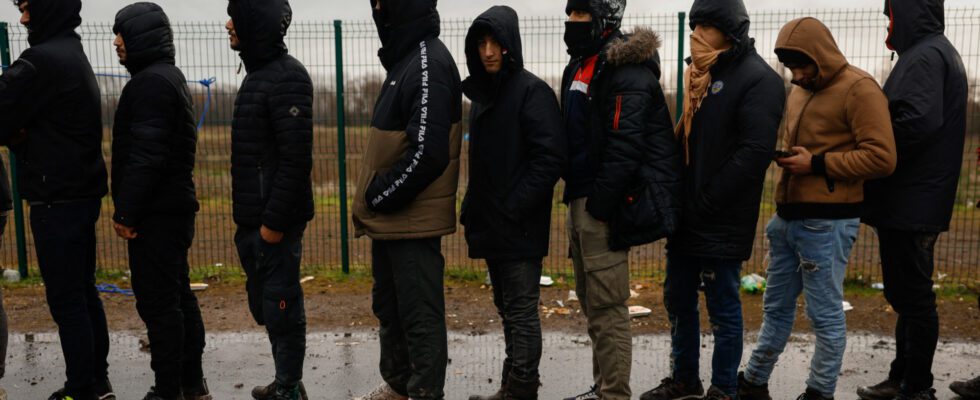David Montagne
137,000 asylum applications were filed in France in 2022, mainly from people from Afghanistan, Bangladesh, Turkey and Georgia. But among them are “dublines”, in reference to the Dublin regulations. But what does this term mean and what are the difficulties associated with this status?
France is attracting more and more migrants: 137,000 asylum applications were filed in 2022, according to figures from the Ministry of the Interior. That’s 30% more in one year. They mainly come from Afghanistan, Bangladesh, Turkey and Georgia. But there are in this figure applications from foreigners who should not be examined by France. These are called “Dublines”. What does this term mean exactly?
30,000 Dublin requests last year
It is a qualifier that refers to the Dublin regulation adopted by the European Union in June 2013. It sets a simple rule: the asylum application must be made in the first European country in which the refugees set foot. It is therefore this country which must in theory assume and investigate these requests. But when these foreigners do not obtain the right of asylum in this country, they try their luck in another European state.
The latter can then refuse to examine their request precisely under the Dublin Regulation, and can therefore refuse to accept them. And that is the problem. France is confronted with many applications from foreigners arriving by another country in which they have been rejected but without being expelled. This is where their file should have been processed. Last year in France there were nearly 30,000 applications for Dubliners.
